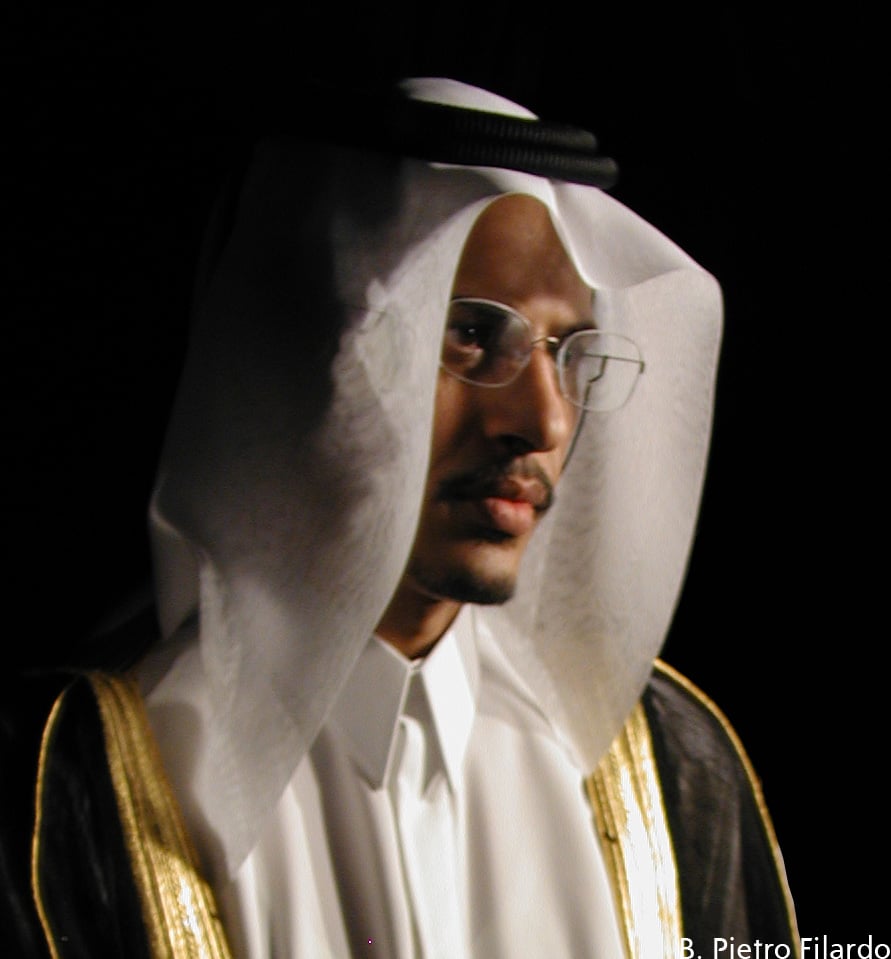Art World
Qatar’s Sheikh Saud Died of Complications Related to Heart Condition
He was reportedly in London for medical treatment when he died.

He was reportedly in London for medical treatment when he died.

Artnet News

Sheikh Saud bin Mohammed Al-Thani of Qatar, once considered the world’s biggest art collector, who passed away on November 9, died of complications related to a heart condition, Artnet News has learned from a source with connections to the Qatar Museums Authority.
Sheikh Saud was reportedly in London for treatment but died before his scheduled procedure. The Qatar Museums Authority was not immediately available for comment but has maintained that Sheikh Saud died of natural causes since the news of his passing broke on Monday.
From 1997 to 2005, Sheikh Saud, the second cousin of the current Emir, served as the country’s president of the National Council for Culture, Arts and Heritage. In that role, he guided the development of new schools, libraries, and museums in the oil-rich nation.
But he was also known for his lavish art acquisitions and spent over $1 billion on purchases during that period. Sheikh Saud was an avid collector across a variety of categories, from Modern and contemporary art to manuscripts, Islamic ceramics, and even watches.
He also had a history of defaulting on payments for his purchases. A timepiece formerly owned by the sheikh, which sold at auction at Sotheby’s Geneva on November 11 for a record-breaking amount, was reportedly turned over to the auction house to help cover his debt.
“I feel very fortunate to have spent a lot of time with [Sheikh Saud] discussing his collection over the last couple of years,” Edward Dolman, the former executive director of the Qatar Museums, said in a post on the Qatar Foundation website. “He was an extraordinarily talented man and had a visceral understanding and appreciation for almost all forms of art. I have very rarely met anyone who combined such passion for works of art with such a deep knowledge of art history and the art market.”